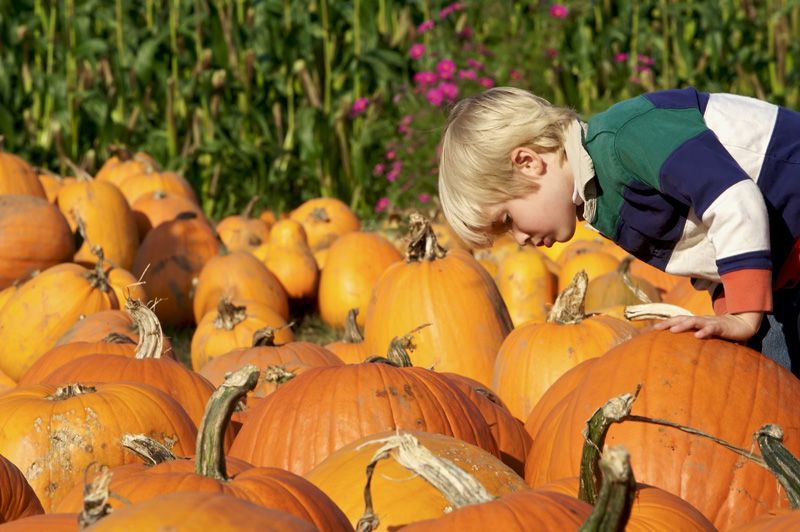
Tips for Picking the Perfect Pumpkin
Tips for Picking the Perfect Pumpkin
There’s nothing like a good pumpkin. Not only can you eat it, but also decorate it, carve it, and pick it! For the endless joy that a pumpkin can bring, these members of the squash family have long been recognized before we ever enjoyed their contents.
In North America, where pumpkins were believed to have originated, Native Americans ate it regularly as part of their diet. Dried strips of pumpkin were woven into mats and would also be roasted to store for later. When settlers later came, they incorporated the pumpkin into a variety of recipes, like desserts and stew. Once, after a few colonists sliced off the top of a pumpkin and filled it with various spices, milk, and honey, they baked it in a fire. What came out was the origin story of the humble pumpkin pie.
Yet, most of us commonly associate pumpkins with cool fall weather and Halloween spirit. The jack-o-lanterns that were used on that magical Halloween night dated back to at least 3,000 years in the past for the purpose of welcoming deceased loved ones and protecting against evil spirits.
Today, the pumpkin has stuck with us ever since and we use it for all sorts of fun traditions, like finding the perfect one from the pumpkin patch. They can come in all colors, shapes, and sizes, so it can be hard to pick out the right one. To help you in your pumpkin picking endeavors, here are the top 10 tips for picking the perfect pumpkin.
- Beware of the Mush
- No Blemishes
- Solid Orange
- Get a Grip on the Handle
- Seek the Shape
- Frost Damage Alert
- Excellent Exterior
- Characterize your Pumpkin
- Thickness
- What Makes You Happy
